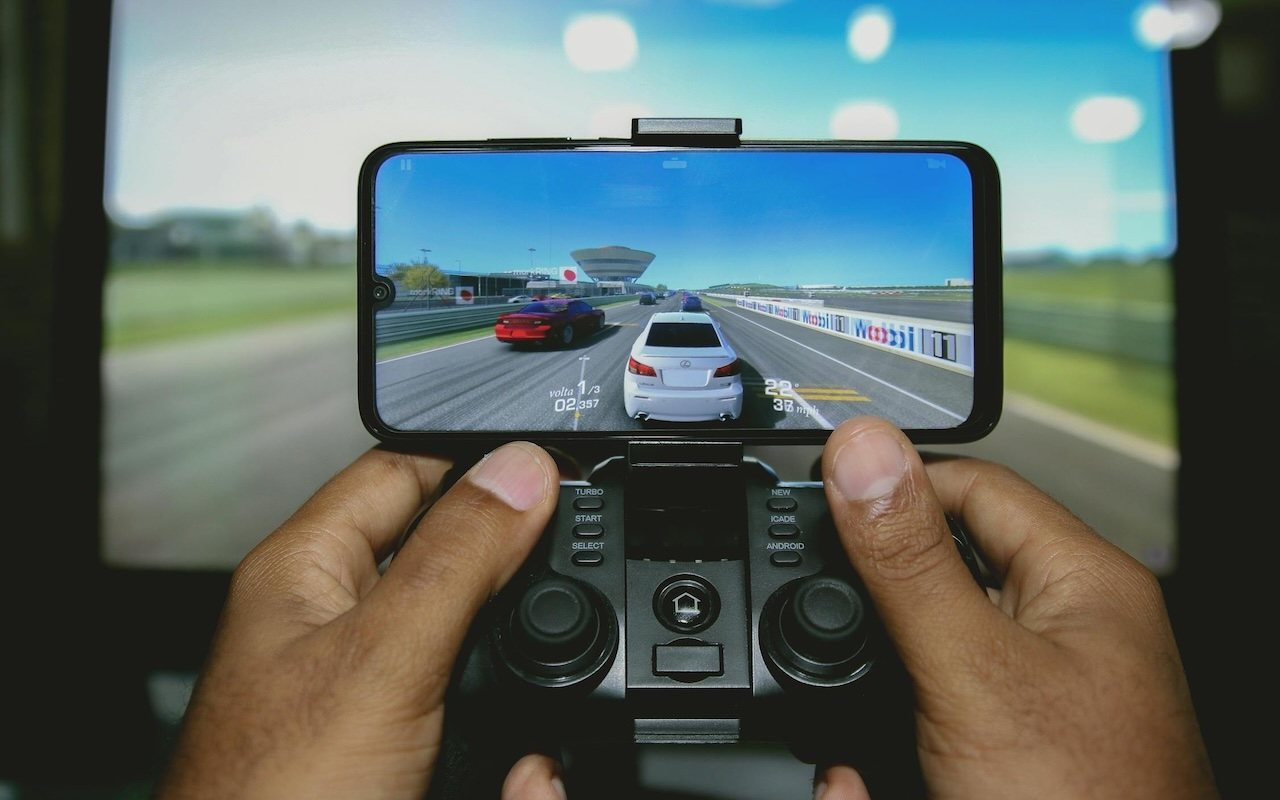From the arcade to the app: A cultural look at digital play

From the clatter of coins in dimly lit arcades to the crisp tap of a smartphone screen, digital play has threaded its way through generations of British leisure. What started as mechanical cabinets in seaside arcades has morphed into sleek, pixel-perfect experiences on phones – yet the cultural heartbeat remains the same: a fascination with lights, spectacle and fleeting moments of anticipation.
A trip down memory lane
It isn’t just nostalgia that recalls the near-magic of those early machines. There was the buzz of activity, the glow of the screen, and the tension in the air as players focused in – sometimes in hushed awe, sometimes in noisy delight. It was theatre of a kind. No Wi-Fi required.
Fast forward a few decades, and that same sense of theatre lives on in themed slot games based on classic genres – think pixelated adventure quests, neon-lit sci-fi odysseys or swashbuckling pirate tales, all driven by dynamic visuals and code rather than cogs and springs. The action may be digital now, but it still tells stories that tap into a collective love of fantasy, folklore and film.
The digital revolution
When mobile apps arrived, they didn’t just copy the arcade experience – they reimagined it. Developers layered in story-driven levels, interactive missions and mini-games that reward exploration as much as reflexes. Progression systems borrowed from console titles, turning a quick session into an unfolding narrative.
And the numbers back it up. In 2023, the UK video games market reached approximately £7.82 billion in value, with mobile gaming accounting for around £1.52 billion, demonstrating how enthusiasm has shifted from bricks‑and‑mortar arcades to handheld platforms.
Why the format persists
What is it about fast-paced digital games that continues to capture attention?
Part of it lies in the blend of simplicity and suspense – tap to play, respond in the moment, feel a quick jolt of excitement when the outcome lands just right. But it goes deeper than mechanics. These experiences reflect themes rooted in shared cultural memory:
- Ancient myths (deities lobbing lightning bolts)
- Retro futures (robot uprisings in pink neon)
- Classic Hollywood (iconic tropes and stylised settings)
There’s a familiar thrill – a sense of escapism – without ever leaving the pub garden or the sofa.
The human touch in a digital world
Regional flair often seeps into design in ways that add familiarity. A pirate-themed game might feature the wrecked coves of Cornwall, not just generic tropical scenes. A medieval quest set in York or Winchester can feel oddly recognisable, even to those who have never strolled those cobbles.
It’s these subtle nods – perhaps a Turner-style seascape backdrop, perhaps a regional phrase within a menu option – that make these apps more than just code.
Whether prompted by a familiar Wall’s ice-cream jingle heard in passing, or simply opening a game while waiting for the bus, casual mobile games have embedded themselves in British culture. They are not just distractions – they are micro-stories, stylised environments, fleeting moments of “what if,” all rendered through vibrant pixels.
Those drawn to nostalgic soundtracks, iconic art styles or uniquely British details will find that these experiences sit comfortably within modern routines. From pub gardens to train rides, games have become part of daily life.
The editorial unit

























Facebook
Twitter
Instagram
YouTube
RSS